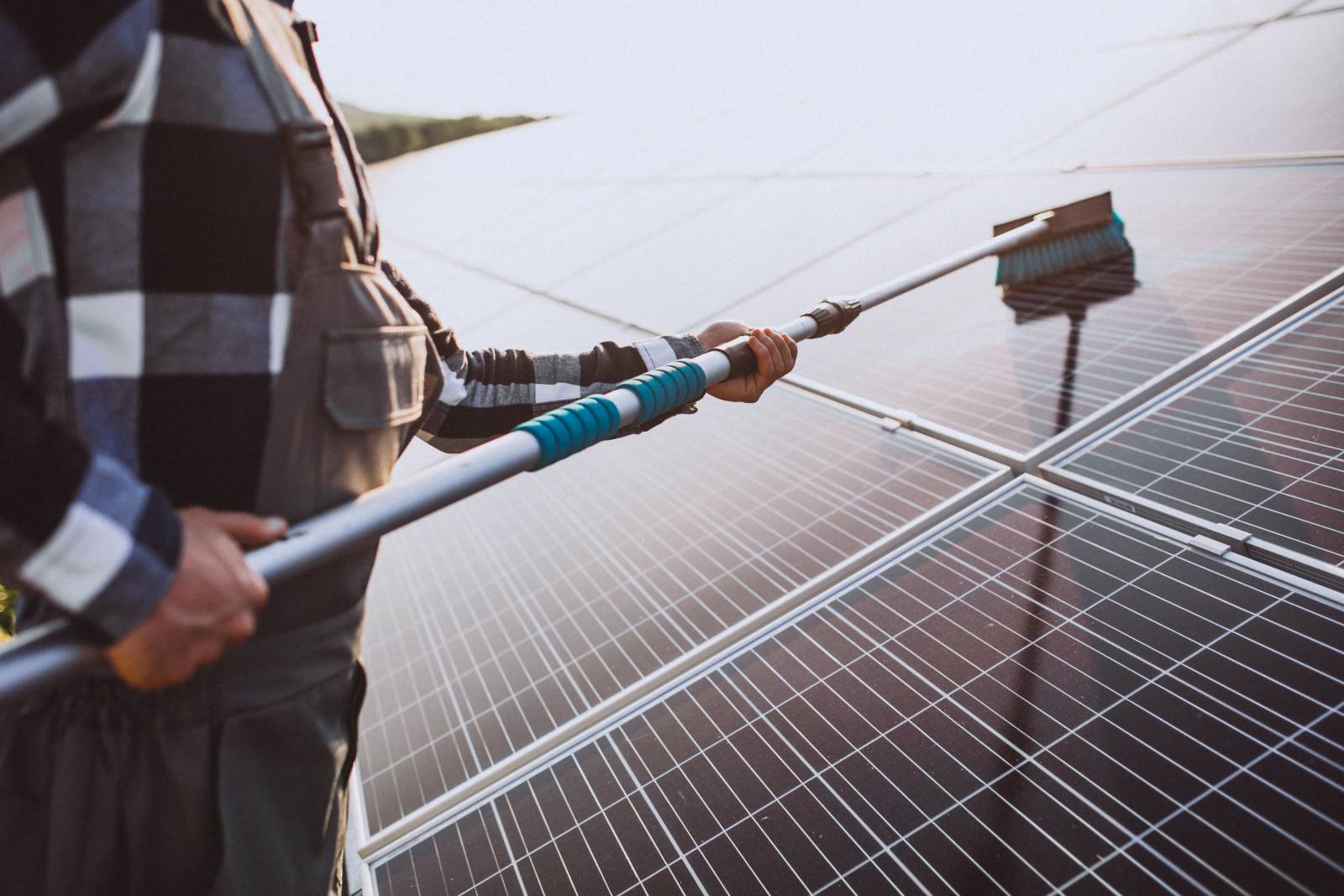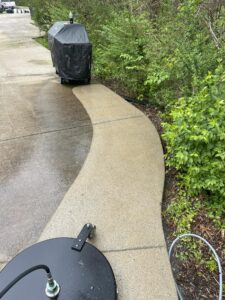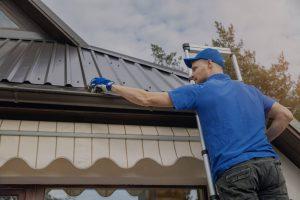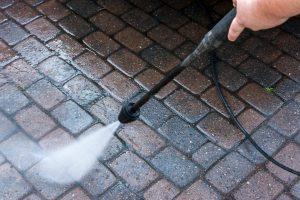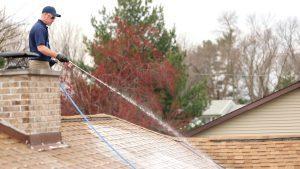A Comprehensive Guide to Pressure Washing Brick
Whether you’re trying to spruce up your home’s curb appeal or simply keep your bricks clean, pressure washing is a great solution. However, it’s important to do it right in order to avoid damaging your bricks. In this comprehensive guide, we’ll show you the right way of pressure washing brick. Keep reading to learn more!
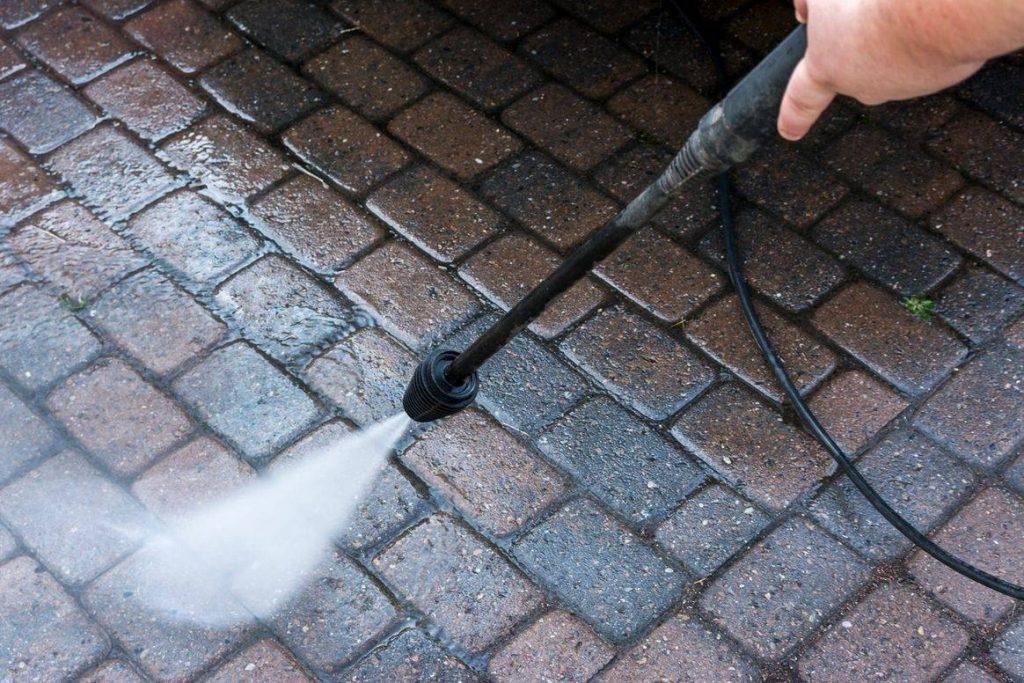
The Basics of Pressure Washing Bricks – What it is, How it Works, and Why it’s Important
Pressure washing brick is a powerful cleaning method that uses high-pressure water jets to remove dirt and debris from masonry surfaces. Pressure washing utilizes specialized machines and equipment to produce highly pressurized water which enables it to blast the dirt away without damaging the brick. It’s an efficient way to clean brick walkways, patios, and facades, as well as other masonry elements such as stone walls or columns. Pressure washing is important for keeping masonry surfaces in good condition, removing built-up dirt and grime and preventing visible staining. In addition, regular pressure washing also reduces organic growth such as mold or algae, which can damage bricks over time if left untreated.
The Different Types of Pressure Washers and Which One is Best for Bricks
Pressure washers of various types exist, each with their own power level and physical dimensions. Depending on the type, the pressure output can range from 1,000 psi to as high as 4,000 psi. Pressure washing brick is best done with a pressure washer that has adjustable pressure settings so that you can introduce more gentle levels of pressure water onto delicate surfaces like brick. Additionally, less powerful varieties are suitable for tasks such as removing dirt and loose paint from walls walked by pedestrians regularly. Before making a purchase, it’s important to consider factors such as size and power when selecting a good quality pressure washer that will be able to tackle your particular job efficiently.
How to Prepare Your Brick Surface for Pressure Washing
Keeping the brick on your façade looking pristine requires regular maintenance. Pressure washing is a great way to ensure your brick maintains its luster, but some preparation is necessary before you begin. First, inspect for any damage and fill mortar joints with fresh exterior-grade caulk. Then, use a wire brush or chisel and hammer to remove loose debris from the brick surface at least one day before washing it. Finally, ensure that all windows, siding, and other nearby materials are protected as you pressure wash your brick. With these few easy steps of preparation completed, you’ll have a clean and beautiful brick surface in no time!
The Step-by-step Process of Pressure Washing Bricks
Pressure washing brick is an efficient and effective way of removing dirt, mildew, mold, and other impurities. The process involves a few quick steps that can help create lasting beauty for exterior brick work. Firstly, the surface area needs to be wetted and then an appropriate detergent needs to be applied. Afterward, using a pressure washer with a low-pressure tip set to the correct psi setting will help ensure thorough cleaning without damaging the brick. Finally, once the cleaning is complete it’s important to rinse off the detergent solution with clean water. By following these steps your brick surface can look as good as new while also adding life and protection to your home’s masonry surfaces.
Tips and Tricks for Getting the Best Results
Pressure washing bricks doesn’t have to be difficult. When done properly, it can produce stunning results that make even tired, old brick look fresh and new. Here are some tips and tricks for getting the best results from your pressure washing project. The first step is to select a pressure washer with the right nozzle size and pressure setting for the job – too much power can cause unnecessary damage to older brick. Having a good mixture of detergent and water is also key; so make sure to mix in plenty of soap or other cleaner into the wash solution before beginning. Finally, a technique known as rinsing in stages – going over the same area multiple times with milder successions of water pressure – typically yields better cleaning results than using one powerful blast of water. With these tips and tricks you’ll be able to quickly kick off any brick pressure washing project with confidence!
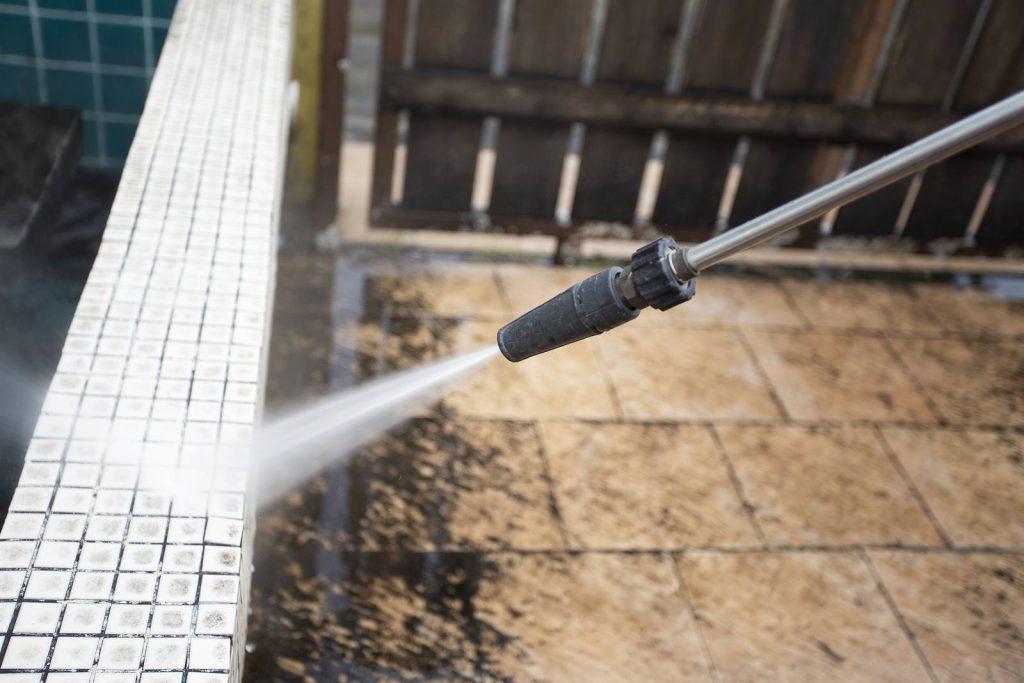
https://www.google.com/maps?cid=8318189160578405605

